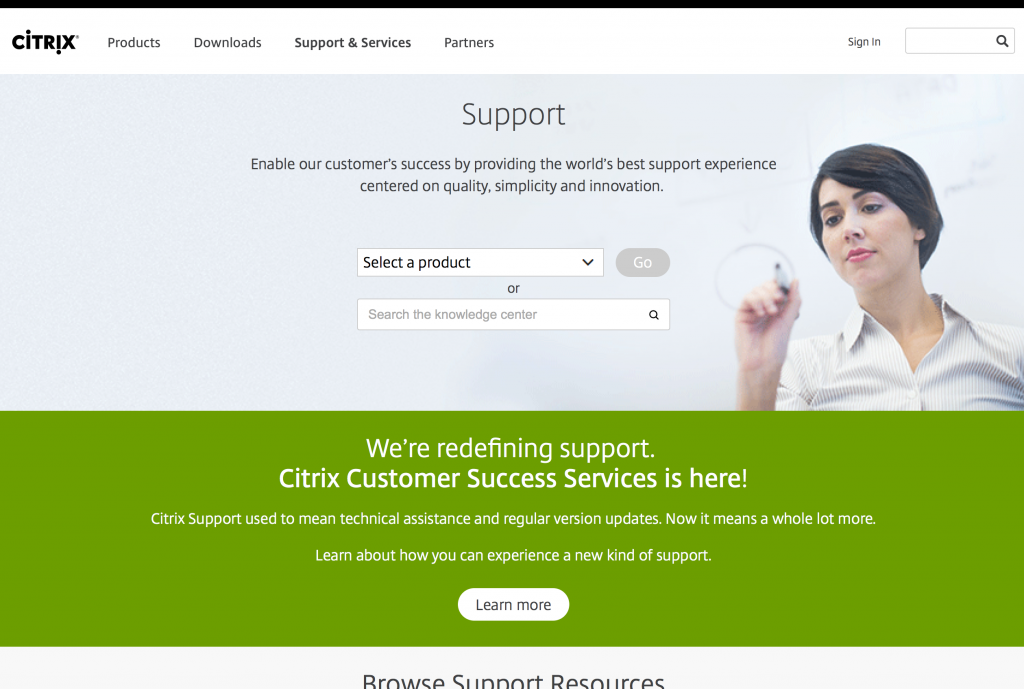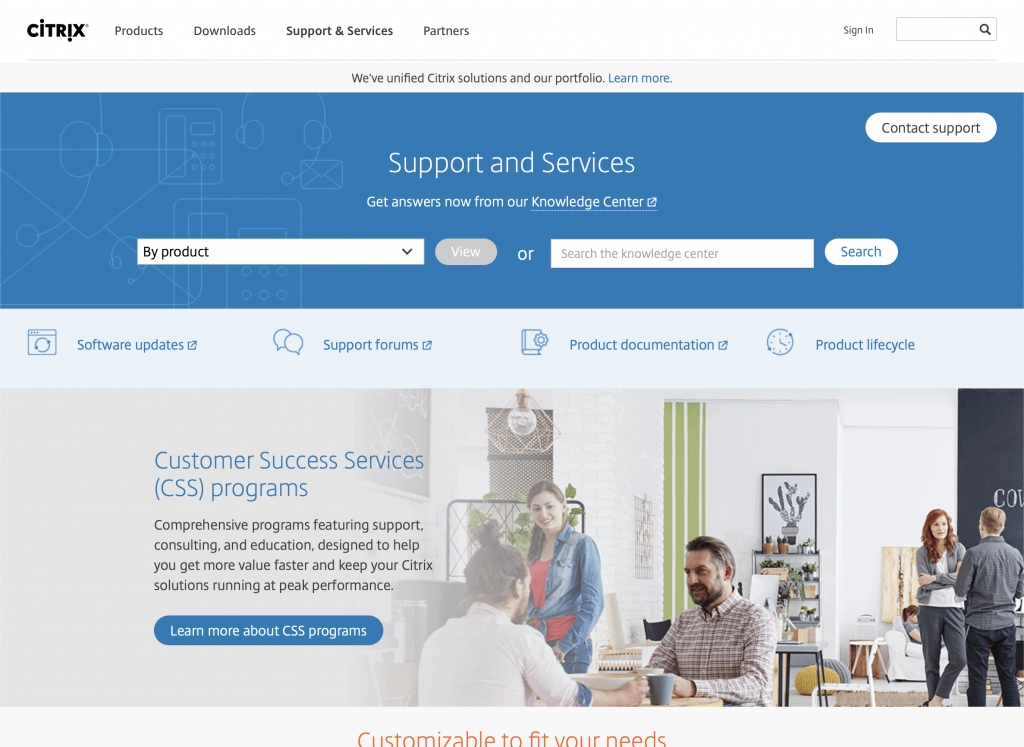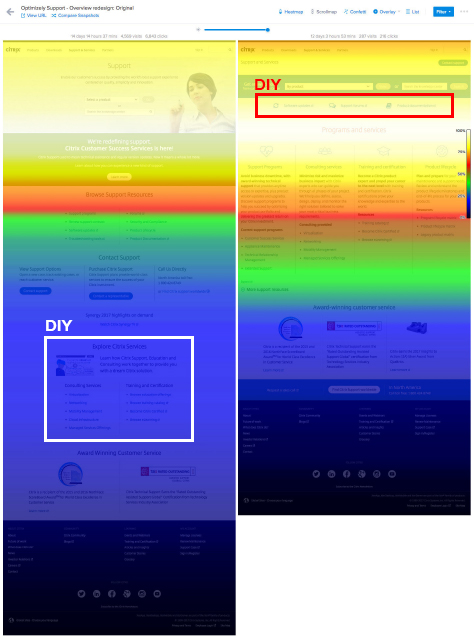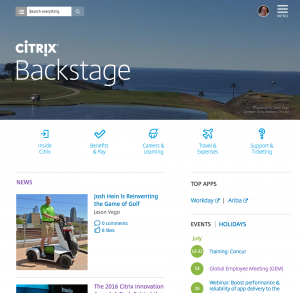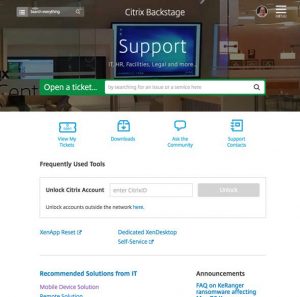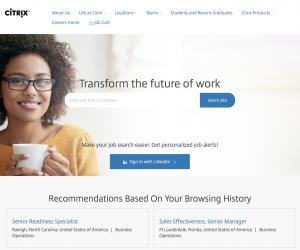The challenge
A large portion of support calls could be easily resolved with available DIY content that users were unable to find leading to high operating costs. At the same time the company wanted to drive the adoption of new paid support programs.
The goals
- Reduce support call volume to reduce operating costs
- Increase traffic to DIY content spread across several locations
- Increase traffic to paid support program content
